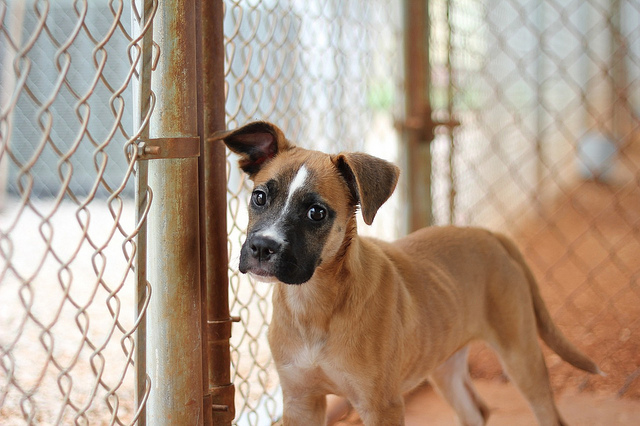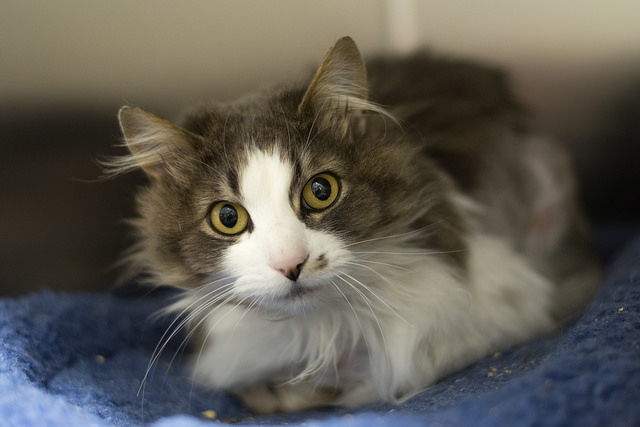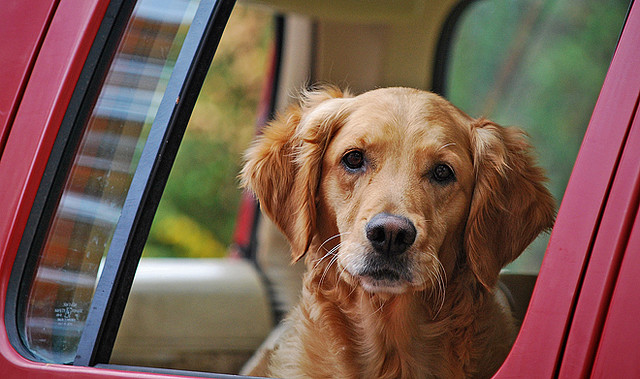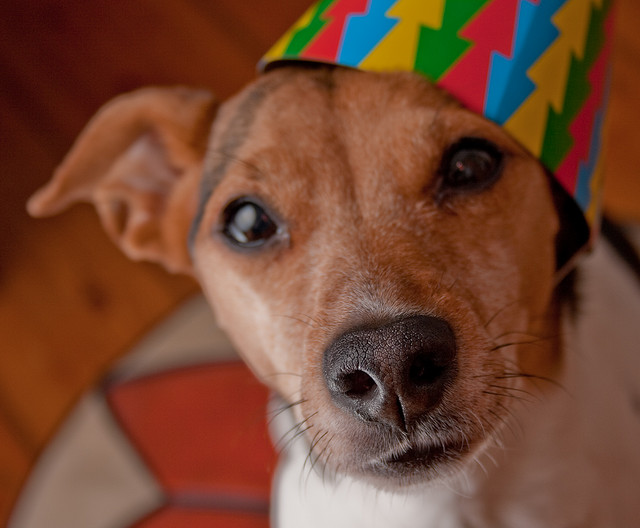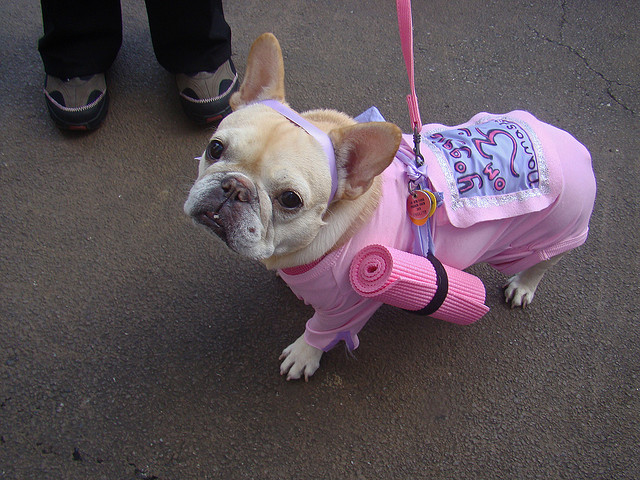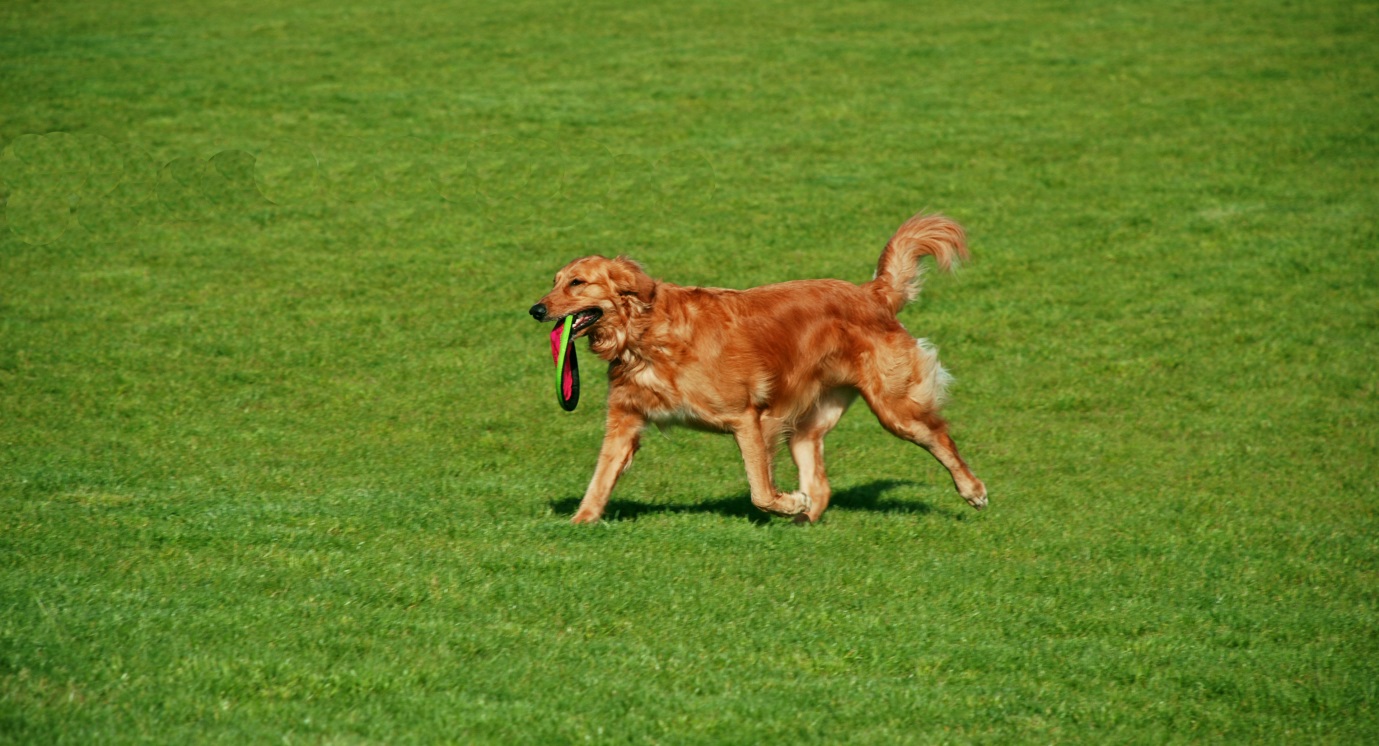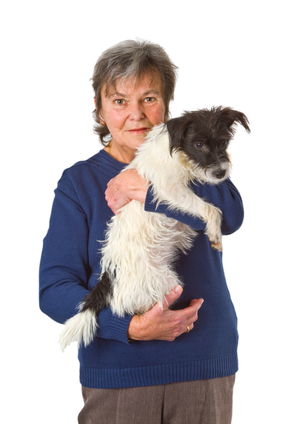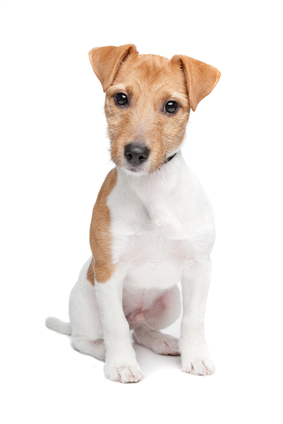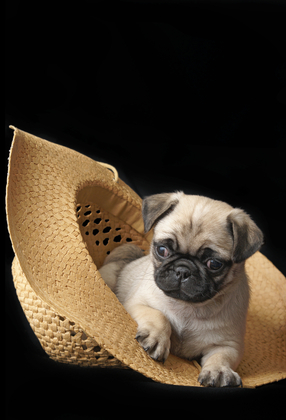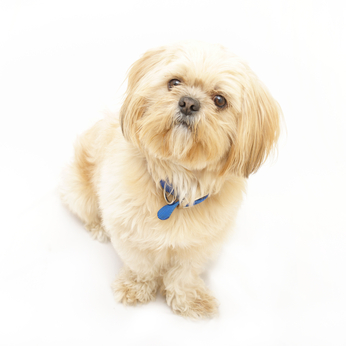A canine companion can be a fantastic addition to any road trip. A happy dog will be an enthusiastic passenger who will demand a lot less idle chatter than a human equivalent.
To ensure both you and your pooch enjoy your road trip as much as possible, we share our top five tips for a safe and fun journey.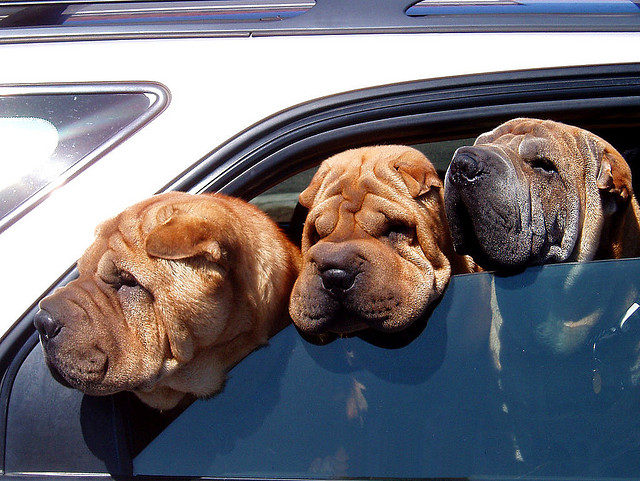
Image link: https://flic.kr/p/3UbUt
1. Have your dog microchipped
Before you set out, make sure that your dog has been microchipped and that your contact details are all up to date on the register. If your dog gets lost far from home, it can become very disorientated and be hard to find. A microchip will help the local council, vet or pound reunite you. Please be aware there are both state and national registers; if you are going interstate, it’s a good idea to check that you are registered on the national database.
2. Give both of you a chance to stretch your legs
A bored or anxious dog will make the drive harder for the both of you. Having frequent stops for some fresh air and a bit of a run will help everyone refresh. Stops also give you a chance to enjoy the scenery along the way, so if you see a pleasant rest stop, pull over and take a moment. Your dog might need to relieve itself, too. If possible, before your journey, train your dog to go to the toilet on command. This might help avoid accidents.
3. Find dog-friendly campsites or hotels
You definitely do not want to lock your dog in the car or keep it chained up – so ensure you research accommodation that permits dogs before stopping anywhere for the night. In addition, be wary of areas that are not dog friendly. For instance, dogs are not permitted within any national parks or reserves. These rules protect native wildlife and habitats. Keep your dog on a leash or completely stay out of the area if requested
4. Have old towels or blankets at the ready
Neither you nor your dog will enjoy being stuck in a smelly car. An old towel will mean you can both enjoy an impromptu trip to a beach or river without worrying about your seats getting soggy. A pile of blankets can also serve as a nice doggy bed. Not all dogs find car travel easy, so you might also need an improvised sick bag at short notice.
5. Enjoy the ride
Dogs are great company. You might not find a better partner for a long car journey. There are many beautiful drives to be had across Australia. If time permits, try the scenic route. Take your dog for a walk through the bush or for a run along the beach. Treat the time as a holiday with a dedicated companion.


